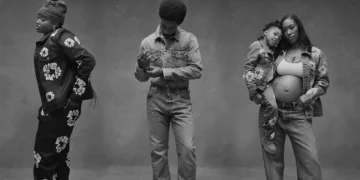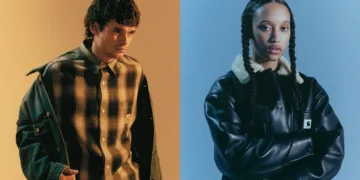
The recent spate of changes among creative directors at major fashion houses has stirred the industry, signaling a dynamic period of transition. From Jonathan Anderson‘s departure from LOEWE to Demna’s switch from Balenciaga to Gucci, the luxury fashion sector is witnessing significant reshuffling. This series of changes is underscored by Donatella Versace stepping down after nearly three decades at Versace, marking a pivotal shift in the brand’s creative direction.
FASHION
In December 2024, the fashion world saw Matthieu Blazy move from Bottega Veneta to Chanel, with Louise Trotter stepping in to fill his previous role. Similarly, Dries Van Noten handed over the reins of his namesake label to Julian Klausner. These shifts highlight the ongoing trend of major transitions within fashion’s leadership.
The ripple effects of these departures have left several high-profile positions open, leading to widespread speculation about potential successors. With Jonathan Anderson currently unattached, rumors have swirled about his possible involvement with Dior, though no official confirmation has been provided.
The announcements have set the stage for additional changes in 2025. Proenza Schouler’s founders, Jack McCollough and Lazaro Hernandez, recently stepped down, amidst rumors of a potential switch to LOEWE. Their departure ends a celebrated tenure known for innovative designs and trendsetting collections. Meanwhile, established designers without current positions are closely watched for their next moves, making every rumor and speculation a headline.
As brands adapt to these shifts, the industry closely watches how these new alignments will shape future trends and transform the creative sphere of high fashion.
Keep reading for the ultimate guide to luxury fashion’s creative directors.
Gucci-Demna
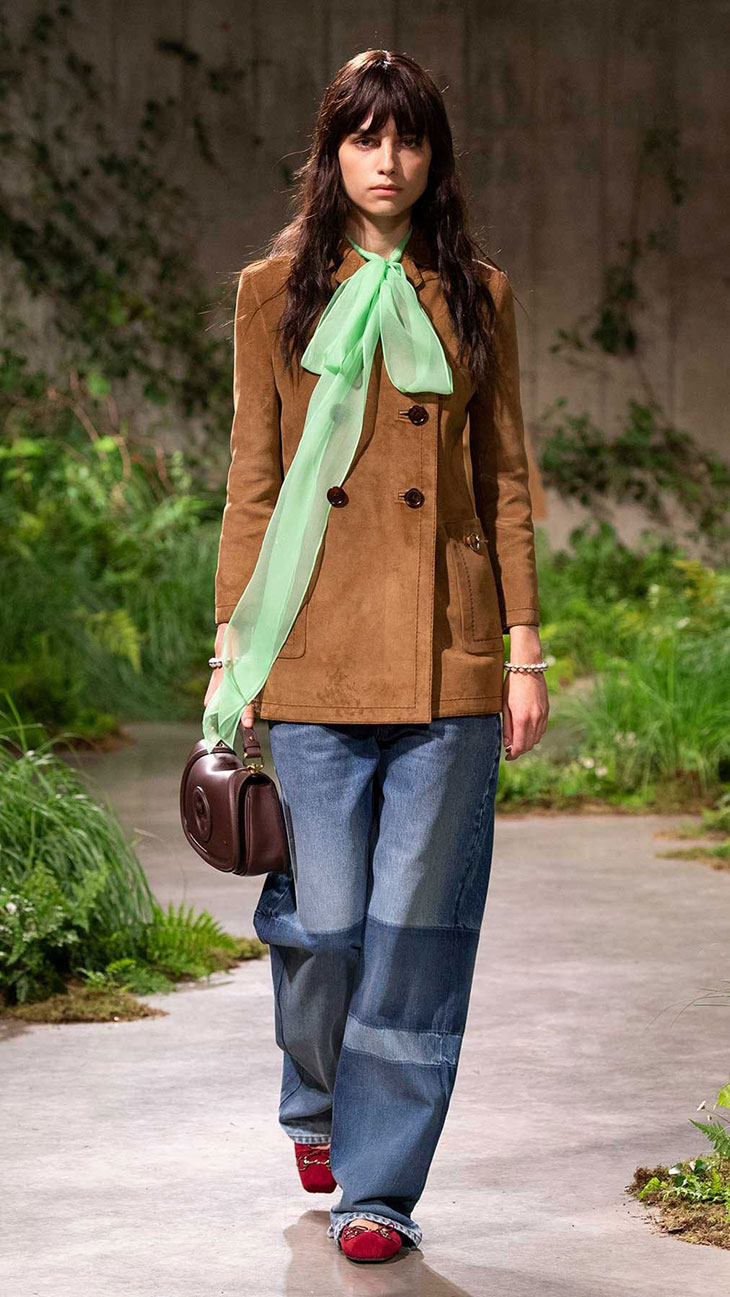
Gucci’s creative direction has seen several influential shifts over the decades, shaping the brand’s evolution. Tom Ford revitalized Gucci in the 1990s, introducing a sleek, provocative aesthetic that defined the era. Following his departure in 2004, Frida Giannini took the helm, steering the brand towards a more polished, heritage-driven approach. In 2015, Alessandro Michele transformed Gucci with his eclectic, maximalist vision, bringing gender-fluid styling and vintage-inspired designs to the forefront. After his exit in 2022, Sabato De Sarno was appointed creative director, presenting a more streamlined, understated vision before stepping down in 2024. Most recently, Demna has been announced as Gucci’s new creative director.
Dior-Maria Grazia Chiuri (Womenswear), Menswear to be confirmed
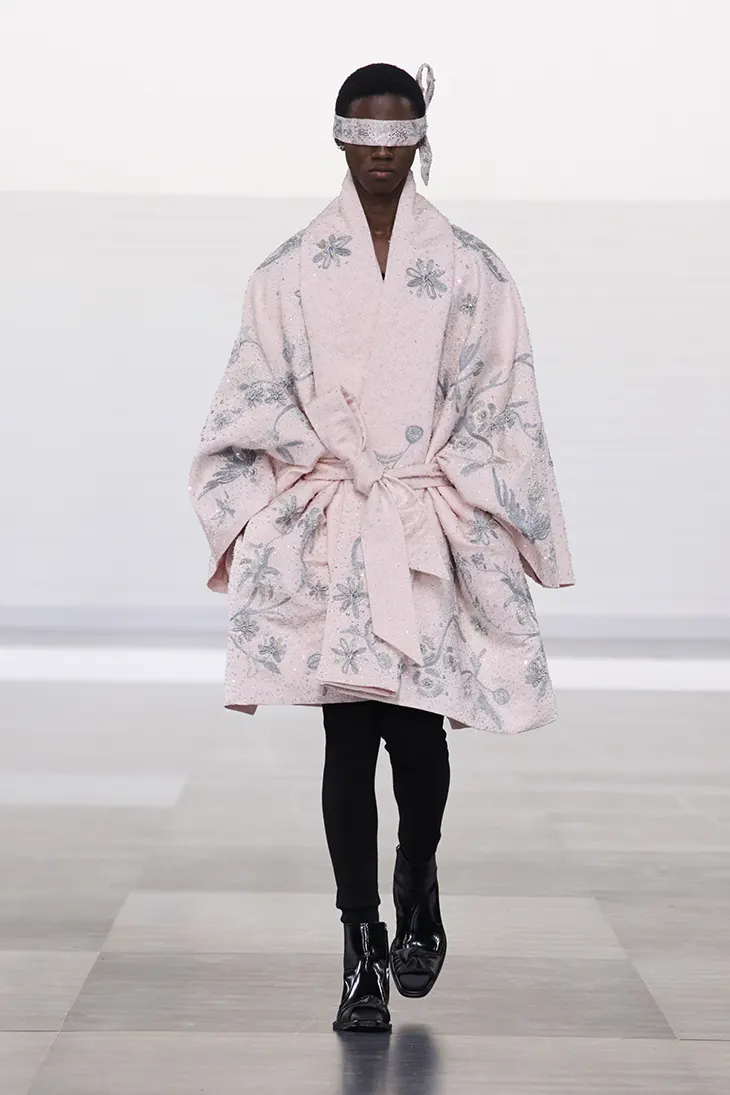
Dior’s creative leadership has shaped the brand’s evolution since its founding in 1946 by Christian Dior. Following his passing in 1957, Yves Saint Laurent took over, bringing a youthful edge before Marc Bohan led a more refined era. Gianfranco Ferré introduced structured elegance in the late 1980s, followed by John Galliano in 1996, who infused theatricality and bold designs. After his departure in 2011, Raf Simons redefined Dior with modern minimalism until 2015. Maria Grazia Chiuri took over womenswear in 2016, emphasizing feminism and craftsmanship, while Kim Jones has led menswear since 2018. The menswear role is now unconfirmed.
Louis Vuitton-Nicolas Ghesquière and Pharrell Williams
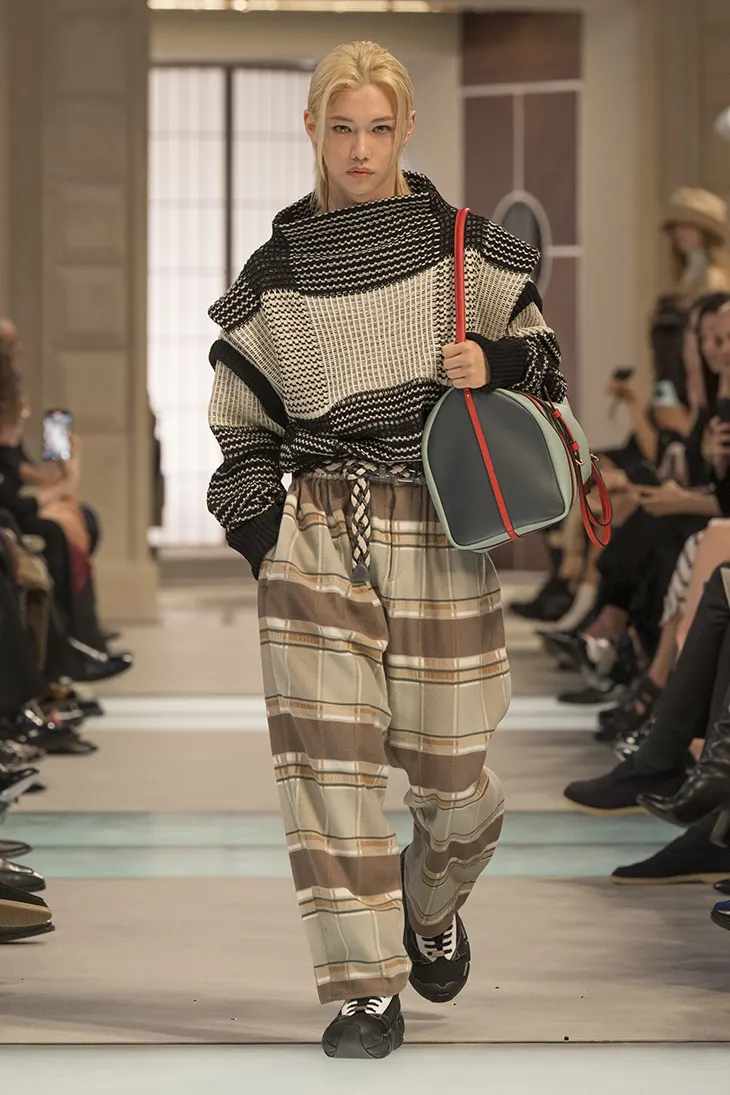
Louis Vuitton’s creative direction has evolved significantly over the years, shaping the brand into a global luxury powerhouse. Marc Jacobs became the house’s first creative director in 1997, blending heritage with contemporary fashion and launching LV’s first ready-to-wear line. Nicolas Ghesquière took over womenswear in 2013, introducing a futuristic, structured aesthetic. In menswear, Kim Jones led from 2011 to 2018, pioneering streetwear collaborations before Virgil Abloh redefined the category with his cultural and artistic influence until his passing in 2021. Pharrell Williams took over menswear in 2023, bringing a fresh perspective that continues to push the brand forward.
Prada-Miuccia Prada and Raf Simons

Prada’s creative leadership has been defined by Miuccia Prada, who took over the brand in 1978 and transformed it into a global fashion powerhouse with her intellectual approach. She introduced Prada’s signature nylon designs and expanded into ready-to-wear, shaping modern luxury. In 2020, Raf Simons joined as co-creative director, bringing his sharp, modernist vision to the brand. Together, they have crafted collections that combine innovation with heritage, redefining Prada’s aesthetic for a new era.
Chanel-Matthieu Blazy
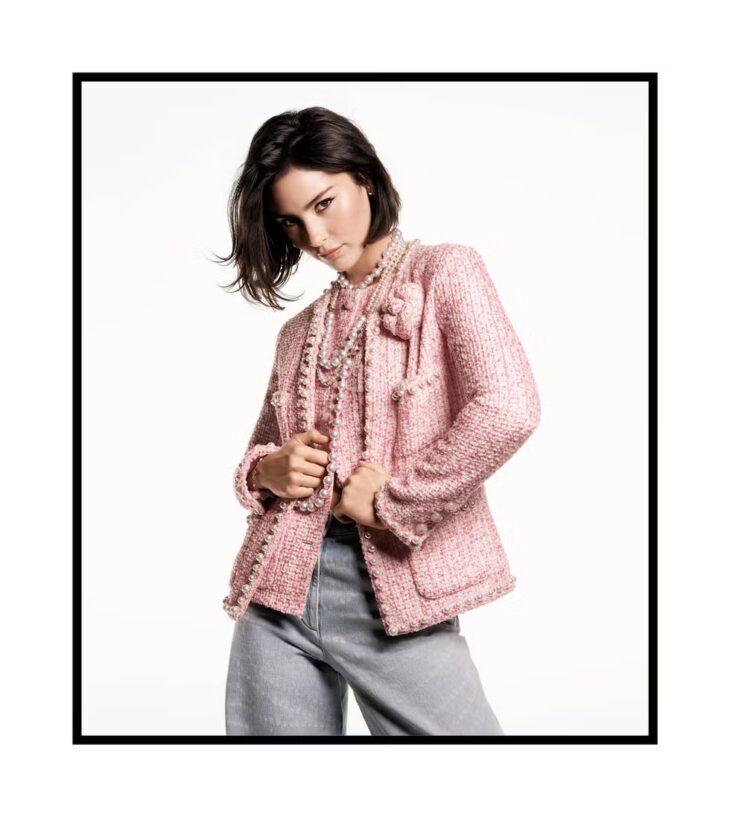
Chanel’s creative legacy began with Gabrielle “Coco” Chanel, who revolutionized women’s fashion with timeless silhouettes. After her passing in 1971, the brand struggled until Karl Lagerfeld took over as creative director in 1983, transforming Chanel into a global powerhouse with his bold reinventions of classic codes. His tenure lasted until his death in 2019, after which Virginie Viard, his longtime collaborator, continued his vision with a softer, more understated approach. In 2024, Viard stepped down, leaving the brand at a pivotal moment. In December 2024, Matthieu Blazy departed Bottega Veneta for Chanel, signaling a new chapter in his career and contributing to the broader reshuffling of creative leadership in luxury fashion.
CELINE- Michael Rider
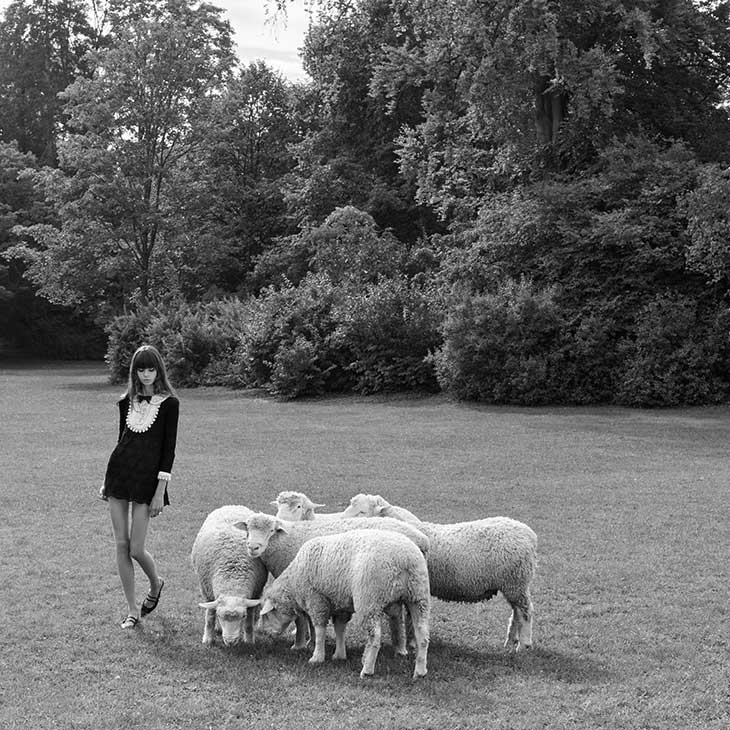
Celine‘s creative direction has undergone several transformative shifts over the years. Michael Kors modernized the brand in the late 1990s with a sleek, American sportswear influence before leaving in 2004. Phoebe Philo took over in 2008, redefining Celine with her minimalist, sophisticated aesthetic that became a defining force in modern luxury. After her departure in 2017, Hedi Slimane radically reshaped the brand, introducing a rock-and-roll edge and slim tailoring, sparking both praise and controversy. In 2024, Slimane stepped down, and Michael Rider was appointed as the new creative director, bringing a fresh perspective while nodding to Celine’s heritage.
Burberry-Daniel Lee

Burberry’s creative leadership has played a crucial role in shaping its identity from heritage brand to modern luxury powerhouse. Christopher Bailey led the brand from 2004 to 2018, infusing it with innovation while preserving its British roots. Riccardo Tisci took over in 2018, introducing a sleeker, streetwear-influenced aesthetic that redefined Burberry’s image. In 2022, Daniel Lee was appointed creative director, bringing a fresh take with bold colors and a renewed focus on craftsmanship.
Bottega Veneta-Louise Trotter
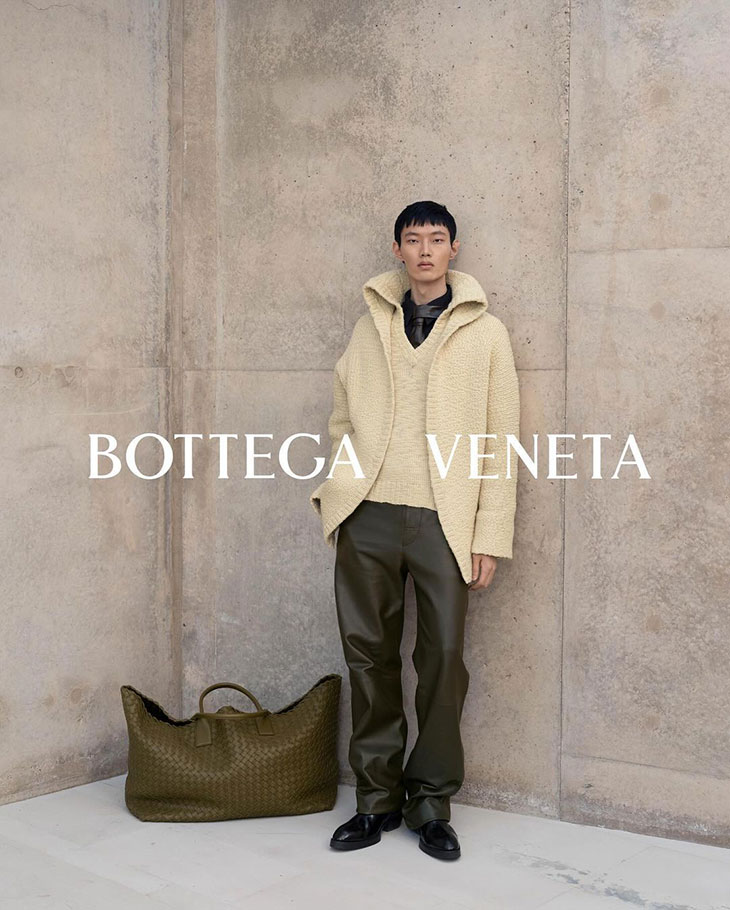
Bottega Veneta’s creative leadership has shaped its reputation for craftsmanship and innovation. Tomas Maier led the brand from 2001 to 2018, refining its signature understated luxury. Daniel Lee took over in 2018, modernizing the house with bold textures and cult-favorite accessories before his departure in 2021. Matthieu Blazy succeeded him, bringing an artisanal approach while reinforcing the brand’s quiet luxury appeal. In December 2024, Blazy left for Chanel, and Louise Trotter was appointed as Bottega Veneta’s new creative director, marking a fresh chapter in the brand’s evolution.
Saint Laurent-Anthony Vaccarello
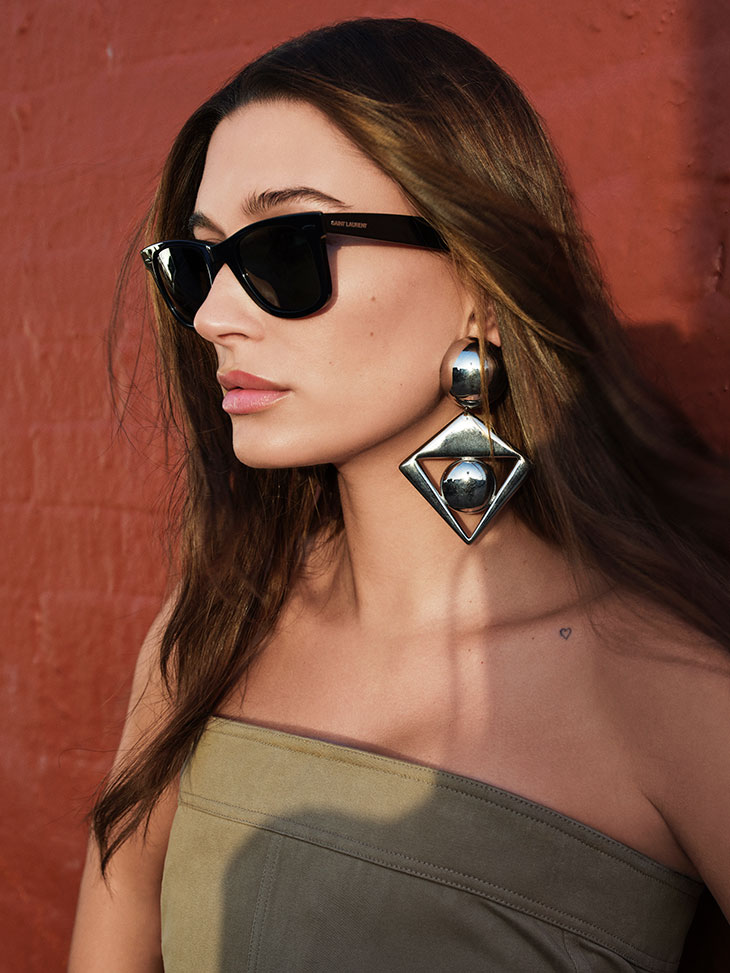
Saint Laurent‘s creative direction has been defined by bold reinventions of the brand’s legacy. Yves Saint Laurent founded the house in 1961, pioneering modern womenswear with androgynous tailoring and timeless silhouettes. After his departure in 2002, Tom Ford and later Stefano Pilati brought a sleek, refined aesthetic. In 2012, Hedi Slimane rebranded the house as Saint Laurent, introducing a rock-inspired edge that reshaped its identity. In 2016, Anthony Vaccarello took over, refining Slimane’s vision with a sharper focus on sensuality and modern glamour.
LOEWE- To be confirmed

Loewe’s creative direction has evolved significantly, shaping its identity as a leader in luxury craftsmanship. Narciso Rodríguez and José Enrique Oña Selfa held brief tenures in the early 2000s before Stuart Vevers revitalized the brand with a focus on leather goods from 2007 to 2013. In 2013, Jonathan Anderson took over, transforming Loewe into a global fashion powerhouse with his artistic, avant-garde approach and modern reinterpretation of heritage craftsmanship. His departure in 2025 left the brand at a turning point, with speculation surrounding who will take the creative helm next.
McQueen-Sean McGirr
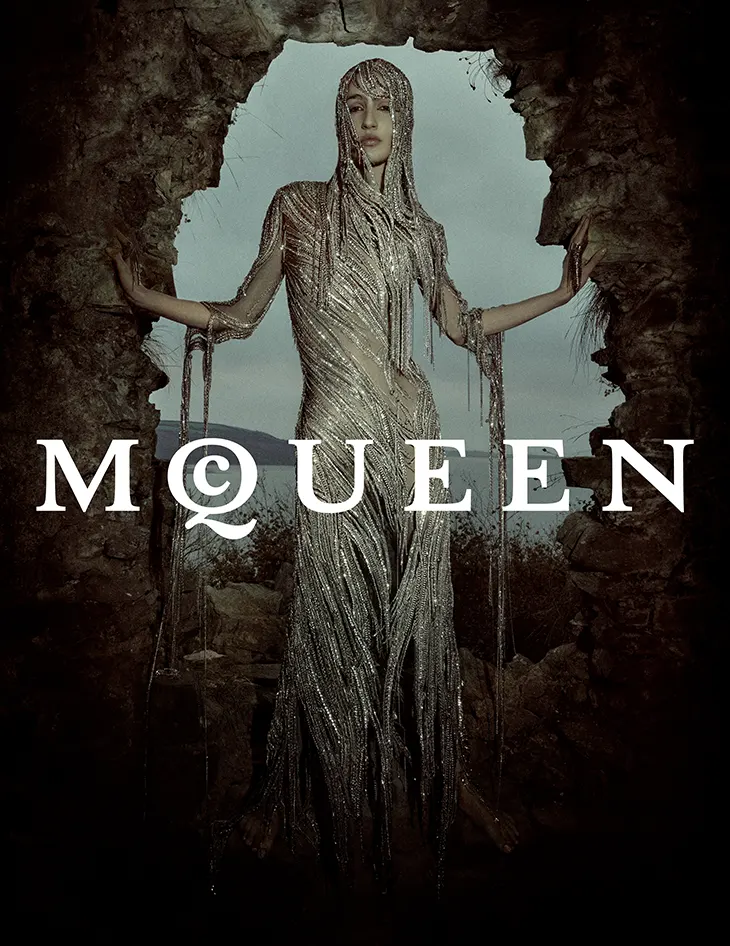
Alexander McQueen’s creative leadership has been deeply tied to its founder’s visionary impact. Lee Alexander McQueen launched the brand in 1992, pushing boundaries with theatrical, avant-garde designs until his passing in 2010. Sarah Burton, his longtime collaborator, took over as creative director, bringing a softer yet equally intricate approach while preserving McQueen’s dramatic edge. Under her leadership, the brand expanded its global influence while maintaining its craftsmanship. In 2023, Burton stepped down after 13 years, and Seán McGirr was appointed as the new creative director, ushering in a new chapter for the house.
Balenciaga-To be confirmed
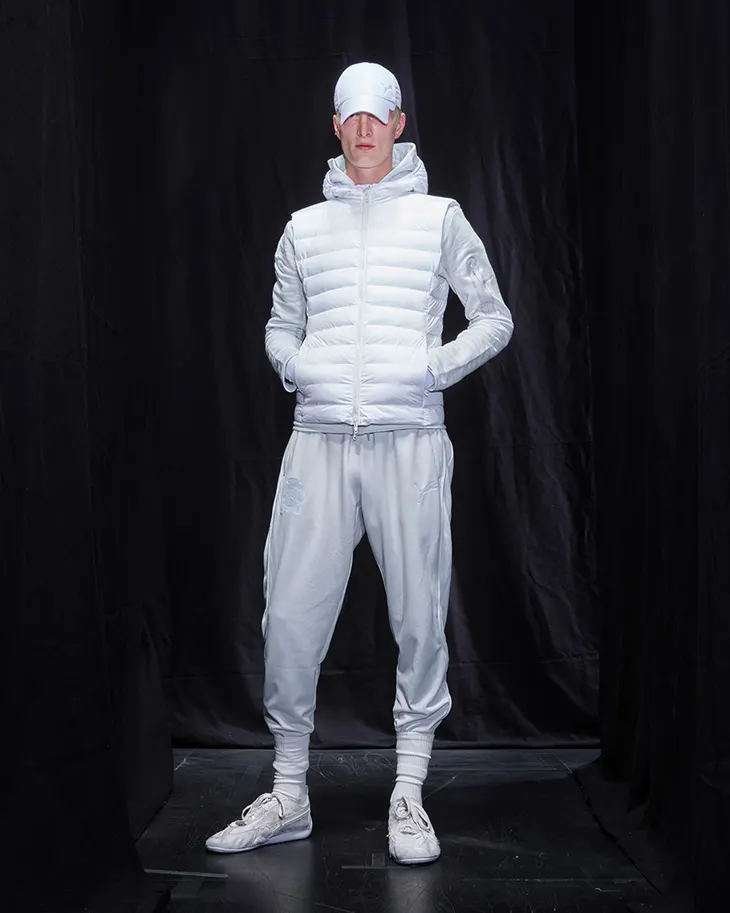
Balenciaga’s creative leadership has continuously redefined the brand’s legacy. Founded by Cristóbal Balenciaga in 1919, the house was known for its sculptural tailoring until his retirement in 1968. Nicolas Ghesquière revitalized Balenciaga from 1997 to 2012 with futuristic, structured designs before Alexander Wang took over, introducing a more minimal, streetwear-inspired aesthetic from 2012 to 2015. Demna was appointed in 2015, transforming Balenciaga into a cultural phenomenon with oversized silhouettes, ironic branding, and boundary-pushing designs. In 2025, Demna left Balenciaga to join Gucci, leaving the brand in search of its next creative director.
Miu Miu-Miuccia Prada
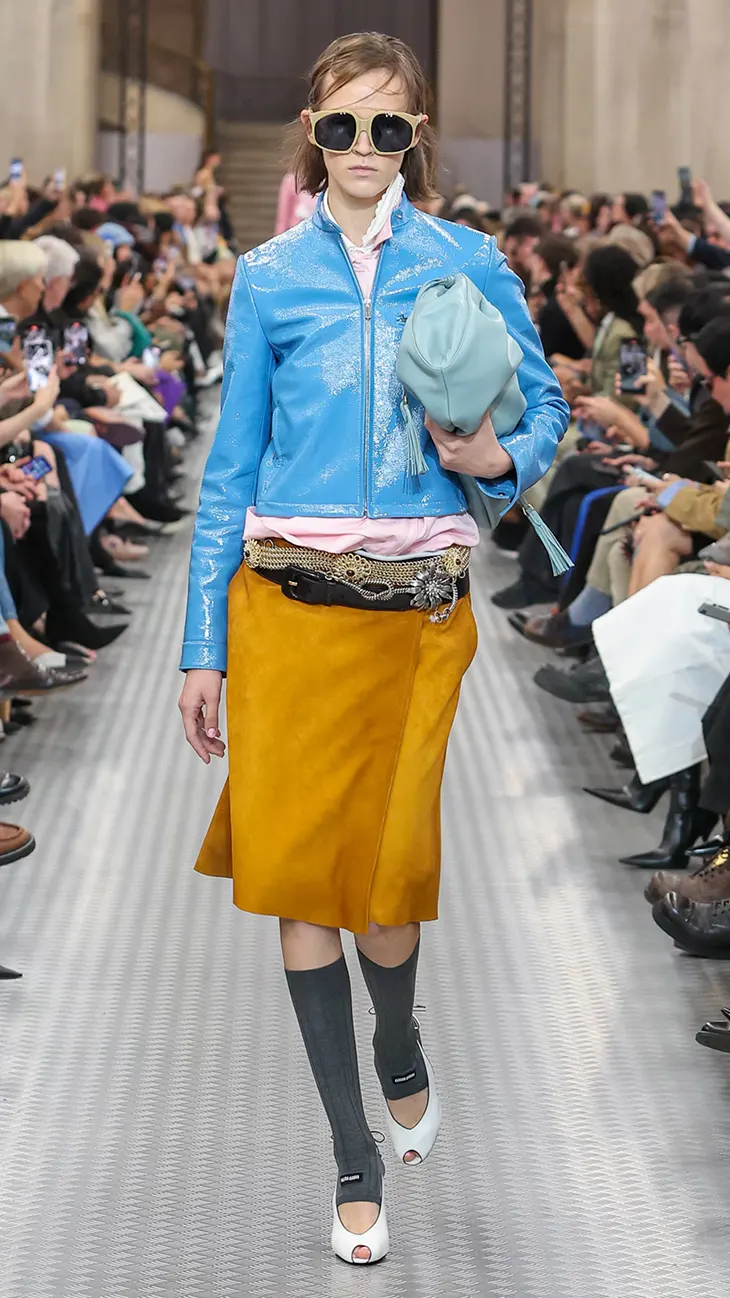
Miu Miu, founded in 1993 as Prada’s more playful and rebellious counterpart, has been creatively led by Miuccia Prada since its inception. Under her direction, the brand has developed a distinctive identity, blending retro inspirations with modern femininity and experimental styling. Known for its bold prints, subversive silhouettes, and a youthful yet sophisticated aesthetic, Miu Miu has consistently pushed boundaries while staying rooted in Prada’s craftsmanship. Despite ongoing shifts in the fashion industry, Miuccia Prada remains at the helm, shaping Miu Miu’s vision.
Diesel-Glenn Martens
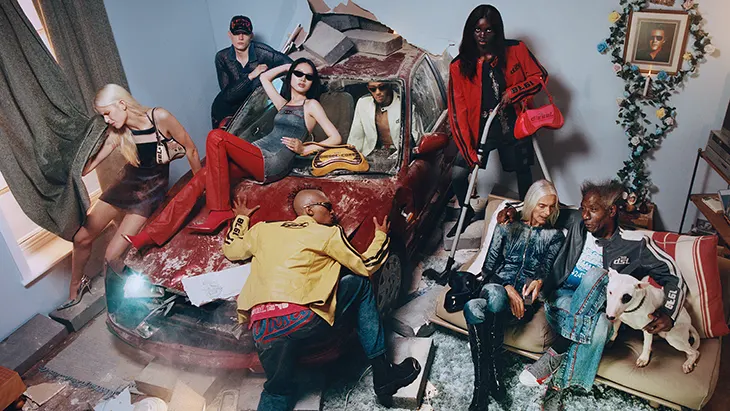
Diesel has undergone several creative transformations since its founding by Renzo Rosso in 1978. The brand became a global leader in denim and casualwear, known for its rebellious and provocative marketing. In 2013, Nicola Formichetti was appointed creative director, bringing a digital-first approach and high-fashion collaborations before leaving in 2017. Glenn Martens took over in 2020, redefining Diesel with a more experimental, high-concept vision while maintaining its roots in denim and street culture. Under Martens, Diesel has regained relevance in the luxury and fashion-forward space.
Givenchy-Sarah Burton

Givenchy’s creative leadership has evolved significantly since its founding by Hubert de Givenchy in 1952. The house became known for its elegant and refined designs, notably worn by Audrey Hepburn. After Givenchy’s retirement in 1995, designers like John Galliano and Alexander McQueen brought bold reinventions before Riccardo Tisci took over in 2005, shaping the brand with dark, streetwear-influenced aesthetics until 2017. Clare Waight Keller followed, introducing a more classic, couture-focused vision before stepping down in 2020. Matthew M. Williams was appointed later that year, blending utility and modern minimalism before departing in 2024, leaving in hands of Sarah Burton.
Fendi-To be confirmed
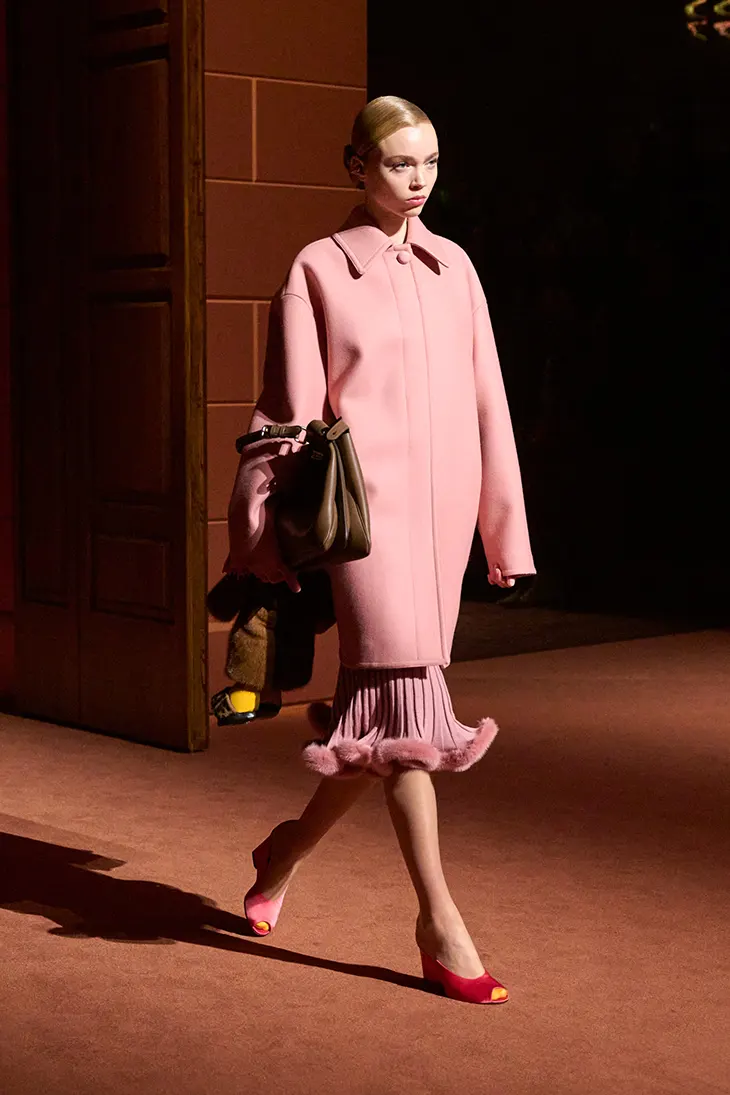
Moschino-Adrian Appiolaza
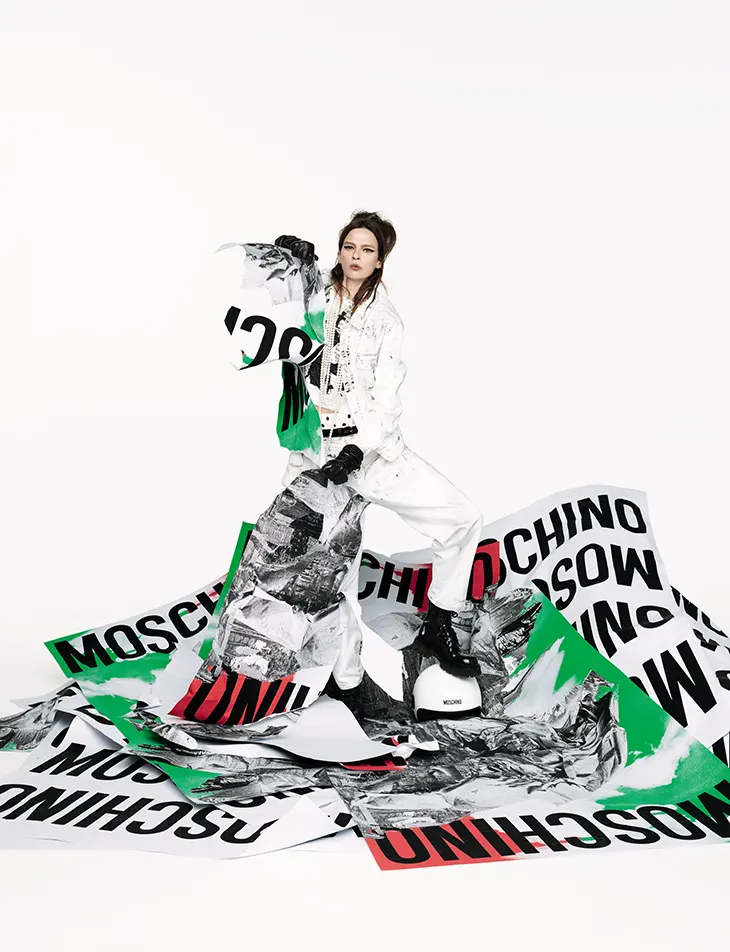
Moschino’s creative direction has been defined by bold, playful, and often subversive fashion. Franco Moschino founded the brand in 1983, bringing a satirical and irreverent approach to luxury. After his passing in 1994, Rossella Jardini carried on his vision until 2013, maintaining the brand’s whimsical spirit. Jeremy Scott took over in 2013, amplifying Moschino’s pop-culture references and campy aesthetic until his departure in 2023. Davide Renne was appointed as his successor but tragically passed away shortly after. In 2024, Adrian Appiolaza was named creative director, ushering in a new era while honoring Moschino’s signature humor.
Versace-Dario Vitale
Прикажи ову објаву у апликацији Instagram
Versace’s creative leadership has been closely tied to its bold and glamorous identity. Gianni Versace founded the house in 1978, defining its aesthetic with daring prints, sharp tailoring, and opulent designs until his tragic passing in 1997. Donatella Versace took over as creative director, modernizing the brand while staying true to its extravagant DNA. Under her leadership, Versace expanded its global influence and reintroduced iconic designs for new generations. In March 2025, Donatella stepped down, transitioning to the role of Chief Brand Ambassador. Dario Vitale, formerly the design director at Miu Miu, was appointed as the new Chief Creative Officer, marking a significant shift in the brand’s creative direction.
Maison Margiela- Glenn Martens
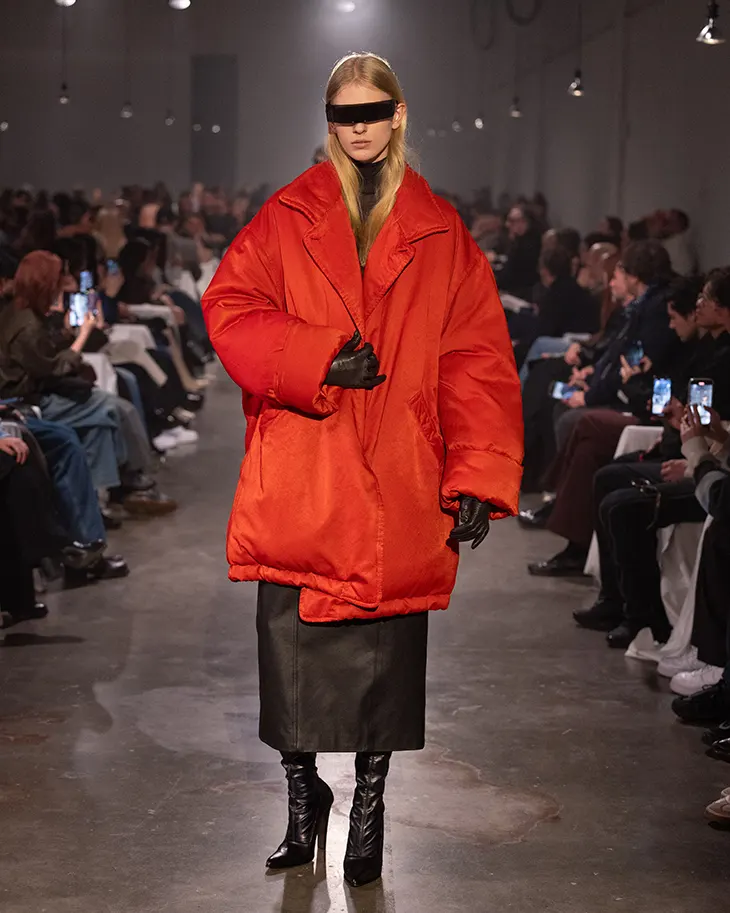
Maison Margiela’s creative leadership has evolved while maintaining the brand’s avant-garde spirit. Founded by Martin Margiela in 1988, the house became known for its deconstructed tailoring and conceptual approach. Margiela remained anonymous throughout his tenure before departing in 2009. Several designers, including a collective team, briefly led the brand until John Galliano was appointed creative director in 2014. Galliano brought his signature theatricality to the brand, leading Maison Margiela until his departure in December 2024. In January 2025, Belgian designer Glenn Martens was appointed as the new creative director, bringing his innovative vision to the house while continuing his role at Diesel.














